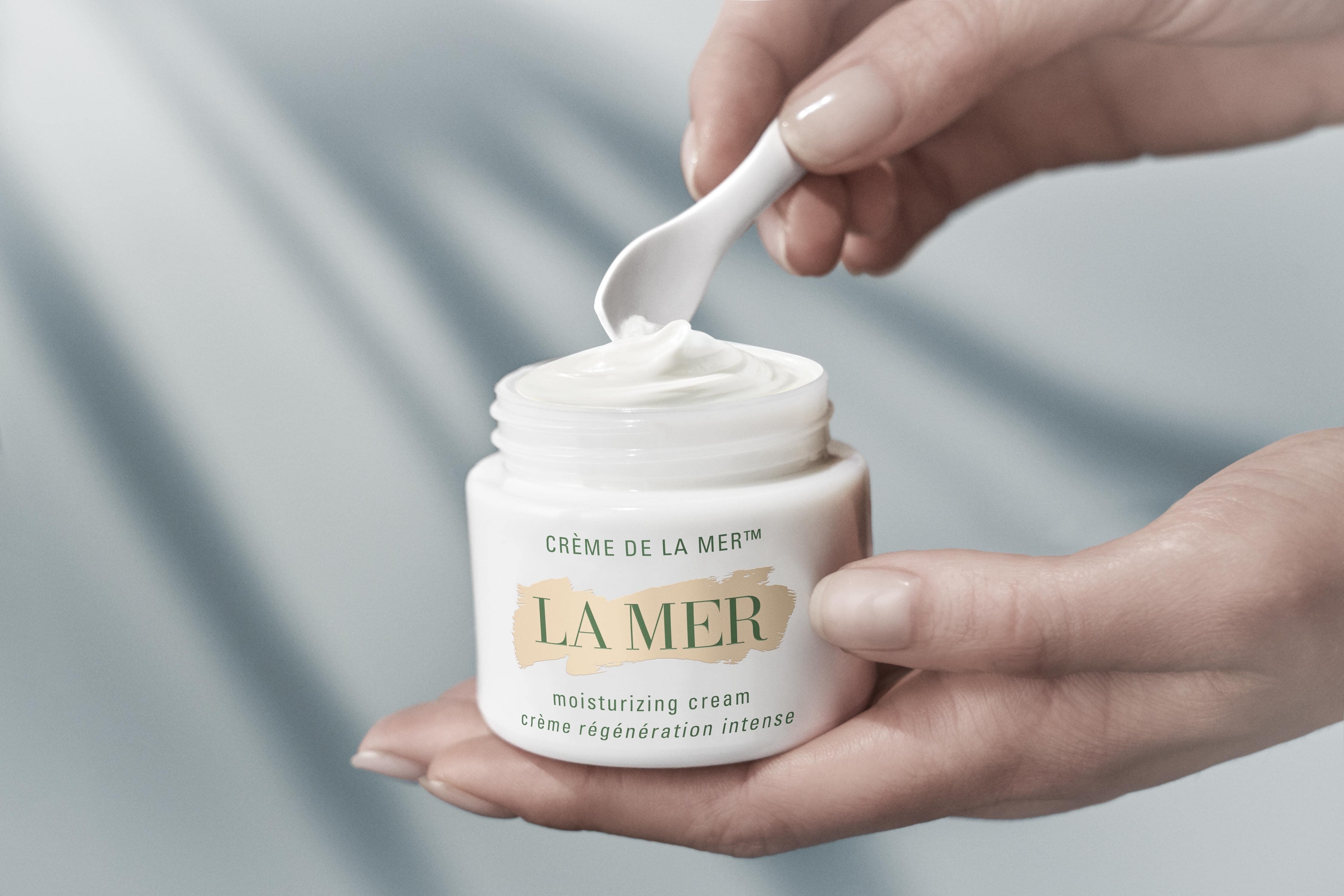How to prevent ‘maskne’: mask acne has become a Covid-19 nuisance for millions – here’s how to protect your face from irritation

- No need to ditch your Fenty Beauty products or favourite detox mask – just pick the right ones to give sensitive skin a helping hand
- Products crammed with peptides can improve your skin’s protective barrier, while those with ingredients such as niacinamide and aloe vera help to soothe
So … we’re still wearing masks.
It goes without saying, we all wish we were safely out of the woods by now, but the pandemic is still with us, and we all have to keep doing our part to protect ourselves and each other. Combine that with colder and drier weather, and you may be dealing with “maskne” – acne from wearing a mask consistently – for the first time, or it’s become worse.
There are two kinds of maskne. If it looks like regular acne in the areas that are covered, it may be caused by moisture and humidity trapped under your mask, which encourages bacteria growth. If it looks more like a rash and feels irritated to the touch, it may be contact dermatitis caused by the friction from your mask.
Whichever the culprit, here’s a breakdown of what you can do to address the skin problems caused by face masks.
Skincare

Less is more when it comes to daytime skincare. Cleanse your skin with a product suited to your skin type, and follow up with the most basic skincare routine sufficient to keep your skin hydrated throughout the day. Ideally, a serum followed by a moisturiser to lock in the hydration, or – if it’s moisturising enough for your skin – an SPF to serve as both sunscreen and moisturiser.
Either way, sun protection is non-negotiable, even during periods when we aren’t masked up, and should always be the last step in your day skincare routine. Try to use an occlusive (thick in consistency) moisturiser or SPF to create a barrier between your skin and the mask, and exfoliate once or twice a week to reduce build-up and clogged pores.











